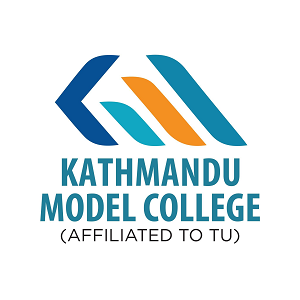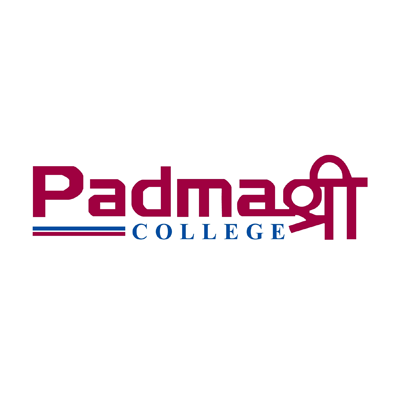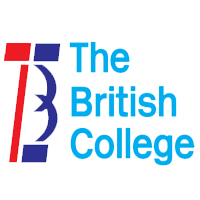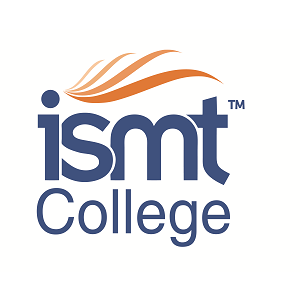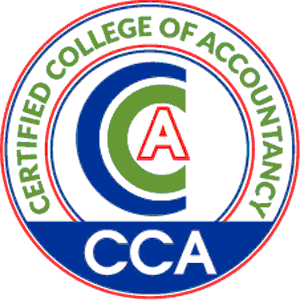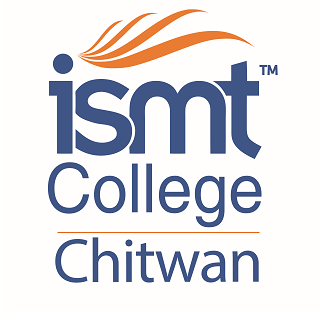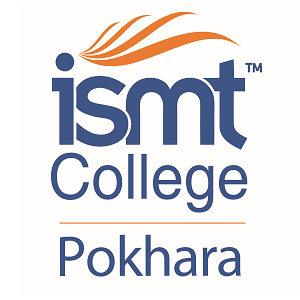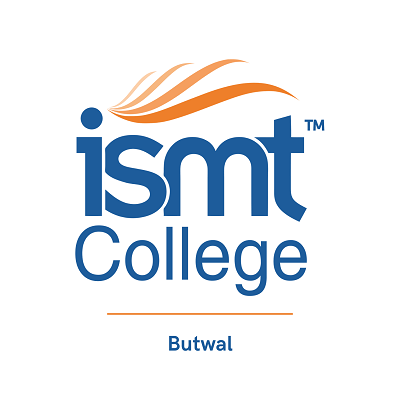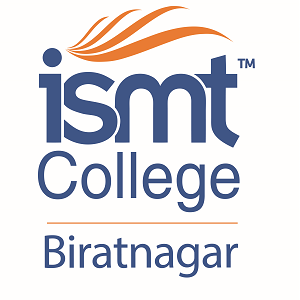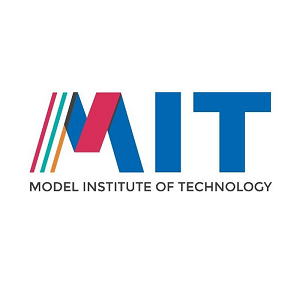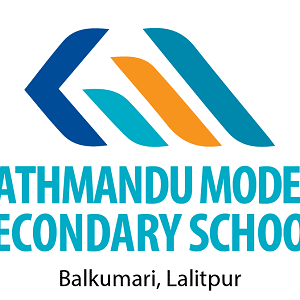Overview
Bachelor of Electrical Engineering (BE) at National College of Engineering (NCE), Lalitpur
Bachelor of Electrical Engineering at National College of Engineering (NCE), Talchikhel, Lalitpur is a four-year, eight-semester program affiliated with Tribhuvan University (Institute of Engineering—IOE).
Admission runs through the IOE entrance system, and graduates pursue Nepal Engineering Council (NEC) registration for professional practice. Public sources list 48 seats for Electrical Engineering at NCE.
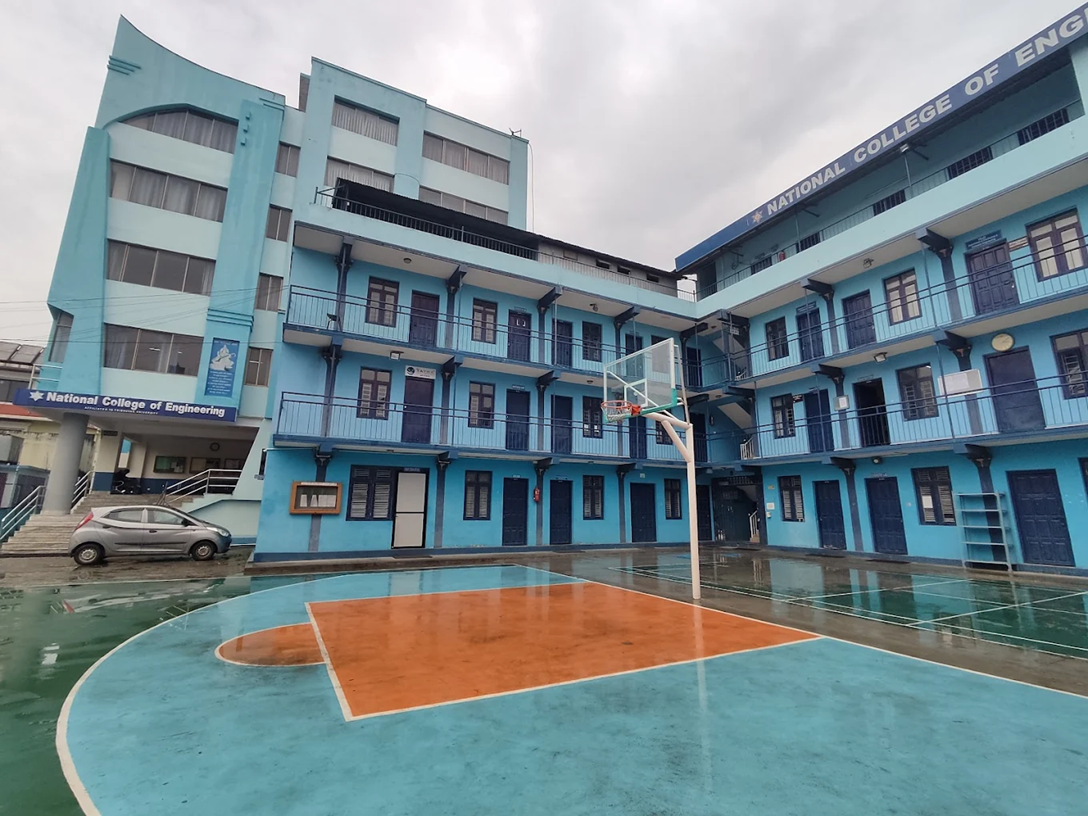
Overview
You study power systems, electrical machines, control, protection, instrumentation, power electronics, and renewable energy basics under the TU/IOE framework. Classes run alongside labs and field exposure, and assessment follows IOE’s semester evaluation system. The campus sits in Talchikhel, Lalitpur, which helps students access utilities, contractors, and consulting firms in the Valley for visits and short practicums.
Highlights
-
Affiliation and system: Tribhuvan University (IOE), semester-based assessment
-
Accreditation and practice: Pathway to NEC licensing after graduation from a recognized program
-
Location: Talchikhel, Lalitpur
-
Seat capacity: 48 seats in Electrical Engineering (as listed in public notices)
-
Learning format: Lectures, tutorials, labs, projects, internal evaluations, and a final-year capstone
-
Entry route: IOE entrance qualification, followed by NCE counseling and admission steps published each intake
Curriculum Details
The BE Electrical structure follows TU/IOE. Exact titles may vary by year; the sequence below reflects core areas shown in IOE materials and public curriculum summaries.
Year 1–2: Fundamentals and Core Circuits
-
Engineering Mathematics I–II; Engineering Physics
-
Computer Programming; Engineering Drawing
-
Applied Mechanics; Electric Circuit I–II
-
Network theory basics, DC/AC analysis, transient response
-
Introductory labs for circuits, measurement, and programming
Year 2–3: Machines, Systems, and Energy Conversion
-
Electrical Machines (transformers, DC machines, induction, synchronous)
-
Power Electronics and Drives Fundamentals
-
Signals and Systems; Control Systems; Measurements and Instrumentation
-
Power Systems I (generation sources, single-line diagrams, per-unit, load flow concepts)
-
Protection and Switchgear Introduction
Year 3–4: Power Systems, Protection, and Renewable Topics
-
Power Systems II (fault studies, stability concepts, economic dispatch overview)
-
High Voltage Engineering basics and insulation coordination concepts
-
Power System Protection and relaying practice
-
Renewable and Distributed Energy topics (as offered under IOE electives)
-
Substation planning elements; transmission and distribution planning exposure
-
Final-year project with viva and report under TU guidelines
Laboratory and Field Components
Students complete discipline-specific labs: machines testing, power electronics benches, protection relay panels where available, instrumentation practice, and system studies using standard software taught under IOE guidance. Survey or site visits help connect coursework to grid operations, substations, or industrial plants in the Valley.
Objectives
-
Build solid fundamentals in circuits, machines, power systems, protection, control, and instrumentation under TU/IOE standards.
-
Prepare students to plan, analyze, and operate practical systems used by utilities and industries in Nepal.
-
Encourage safe practice, documentation, and ethics consistent with NEC expectations for licensure.
Scope
Electrical engineers contribute to generation, transmission, and distribution projects, and also work in industrial electrification, electrical safety, and maintenance. Graduates enter utilities, IPPs, EPC firms, consulting companies, and public bodies. Many pursue NEC registration after meeting the council’s process requirements.
Learning Outcomes
Students who complete BE Electrical at NCE are expected to:
-
Analyze single- and three-phase systems, perform load flow and short-circuit calculations using IOE-taught methods.
-
Test and interpret machine characteristics and propose safe operating procedures for common applications.
-
Prepare protection settings in study exercises and explain relay coordination principles at an introductory level.
-
Plan basic substation elements and distribution feeders under guidance from standards covered in class.
-
Document lab and project work with clear drawings, tables, and concise reports that meet academic rubrics.
Skill Development Modules
NCE integrates skill practice within teaching hours and student activities:
-
Measurement and Instrumentation: Sensor basics, transducers, error analysis, calibration routines.
-
Machines and Drives: Tests on transformers and rotating machines; drive control exercises using lab kits.
-
Power Electronics: Converter topologies, gating practice, and waveform observation; safety briefings.
-
Control Systems: Modeling exercises, stability discussions, and controller tuning practice on lab rigs or software.
-
Power System Studies: Per-unit modeling, network building, fault and load flow tasks.
-
Documentation and Presentation: Technical writing workshops and viva preparation supported by department rubrics.
Teaching Methodology
Faculty run lectures, tutorials, lab sessions, mini-projects, and a capstone. Problem-solving sessions reference IOE patterns and recent exam styles. Guest sessions and short visits connect classroom topics to utility operations, industrial electrification, and safety practices. NCE maintains an admission portal, departmental pages, and an R&D unit that publishes updates on workshops and research grants, giving students channels to present work and learn publishing basics.
Admission Requirements
-
Entrance qualification: IOE entrance exam for the relevant intake year. Registration and scheduling are handled on the official IOE Entrance portal. entrance.ioe.edu.np
-
Academic background: 10+2 Science or equivalent as per IOE rules; diploma pathway applicants must satisfy IOE criteria.
-
Application at NCE: Submit the online form on the NCE site with IOE roll number and rank, provide contact details, select program priority, and pay the application fee. The college lists eSewa, bank voucher, and Fonepay as payment modes and allows status tracking on the portal.
Documents usually required at admission
-
SEE/SLC and 10+2/I.Sc./A-Level certificates and mark sheets
-
Character certificate and original migration certificate
-
Nepali citizenship copy and passport photos
-
Color print of the IOE score card
Applicants should confirm the current list and deadlines on the NCE admissions page during the active cycle.
Career Opportunities
Early-career roles include junior power system analyst, substation or distribution support engineer, maintenance engineer, and field testing roles in protection and metering. Employers include NEA and independent power producers, EPC contractors, industrial plants, consulting firms, and public agencies. Graduates seek NEC licensing once eligibility is met, following the council’s registration steps.
Typical starting tasks you may handle
-
Equipment checks at substations, breaker and relay panel inspections under supervision
-
Cable size checks, busbar arrangements, and layout drawings in a design office setting
-
Load surveys in industrial plants and basic power factor improvement tasks
-
Routine tests for transformers and motors; maintenance logs and safety documentation
-
Support for protection coordination studies and fault analysis under a senior engineer
Scholarships and Financial Aid
-
IOE-mandated scholarships: Programs reserve a quota under IOE rules each intake.
-
NCE intake notices: The college publishes rank-based concessions and performance-linked waivers (for example, semester toppers) and provides a rank-based fee calculator on the site for transparency during admission. Applicants should check the current intake page for dates, criteria, and application steps.
Why Choose This Course?
-
TU/IOE framework: A nationally recognized structure with published syllabi, semester evaluations, and standard assessments.
-
NEC pathway: Graduates progress toward licensure under NEC for professional engineering practice in Nepal.
-
Seat clarity: Public listings indicate 48 Electrical seats at NCE, which helps you plan preferences and timelines.
-
Practice-oriented learning: Labs, power system studies, and a capstone connect theory to Nepali grid and industrial contexts.
-
Accessible admission workflow: A defined online application process and status tracker support applicants during the intake window.
Conclusion
BE Electrical at NCE delivers a TU/IOE-based path that develops capability in circuits, machines, power systems, protection, control, and instrumentation. Students learn through labs, projects, and a capstone and then move toward NEC licensing and entry-level roles in utilities, industries, and EPC firms. Prospective students should follow the IOE entrance schedule and confirm NCE’s current seat information, scholarship notices, and application steps on the official site before submitting the form.


